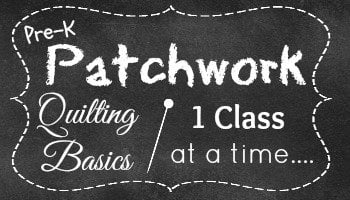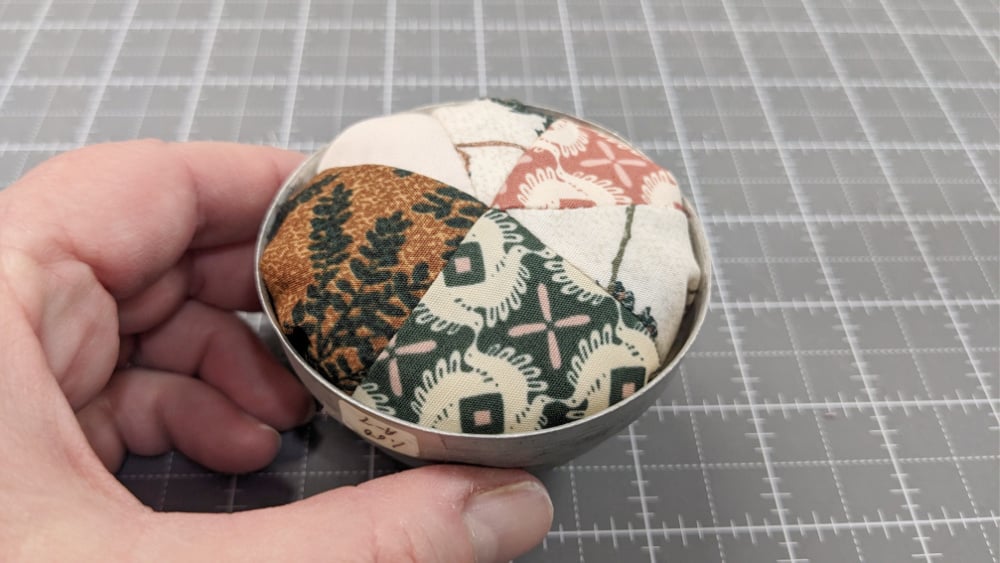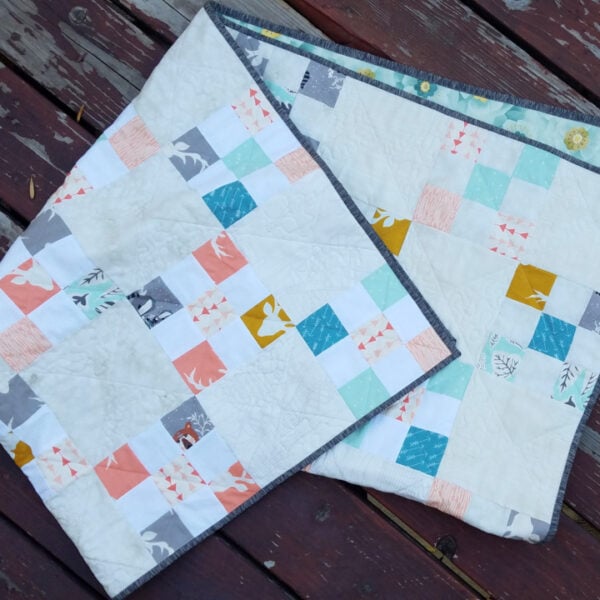Using color wheel or just plain color in my quilts has always stumped me. I get all caught up sometimes of -does this look good? I am not comfortable with those colors…..sweaty palms when I step out of my comfort color zone. {do you have one of those moments?}

It really isn’t that difficult though. There are some awesome color combinations that we really should look at. They can take your quilt to -yeah. that’s nice, to Whoa! take a picture of that one!

I think the most popular color combination that I know of is the green and red combo. That is used A TON during the holidays- but really they work together beautifully because they are complimentary colors. Opposites do attract!
Besides that– I am kind of a loss at what to do with color! For the most part it is kind of what we are attracted to. There are a few things that we can follow though to have a better understanding on why some quilts look soooo much better than others. Let’s explore a little bit more shall we?
Color Wheel– I know you’ve seen them. The kids even make them in school in art class! They are great to have around for quick reference on what color combinations work well. Or if you get stuck with one color and not really sure what to add to it to help it shine. The color wheel is your answer for all of this! They can show the value, and schemes and help get you out of the color rut.
Quick run down of the colors used in the color wheel:
Three primary colors: red, blue and yellow.
They are combined to make the three secondary colors: orange, green, and purple.
Combining the secondary colors you get red-orange and blue-green, which are called- tertiary colors
Color Value– this is all about the saturation of the color. The more black or white added to the color will determine it’s saturation or value. Going from a light variation to the darkest variation.
Color schemes are created using symmetrical shapes around the wheel, they make combinations that are balanced and harmonious. The combinations can change, but the spacing of the colors in each combination does not. It is the symmetrical spacing that consistently ensures a harmonious combination.
There are 15 different color schemes with which to combine different colors, but how about if we keep it simple today with a few that we might consider using:
- Monochromatic colors are all the hues (tints, tones and shades) of a single color.
- Analogous color scheme uses three to five colors that are adjacent to each other on the color wheel.
- Complementary color scheme is made of two colors that are opposite each other on the color wheel
- Mulit-color (up to 12 colors): Use matching values from each color around the wheel. I am pretty sure this would be called a scrappy collection!
- Neutral – shade of browns and tans ( a color is neutralized by mixing with its complement)
- Achromatic – No color, just shades of gray, black and white (grayscale)- This one is kind of hot right now, but only if you throw in a flourescent color to pop!
Great info found here too {it’s about beading, but the color ideas don’t change}
Quilt by Jen has a fantastic layout for Complimentary colors and using them in quilts.
Follow along with the pre-k patchwork quilting 101 series. Sign up here for email updates and reminders!
Q & A- What color combinations do you tend to use a lot of? Have you seen something that was so ‘not you’ but you loved anyways? Let’s talk about how we use color in our projects and quilting.

Becky Jorgensen is the creative quilter behind Patchwork Posse, the Patchwork Planner and her online quilt group Patchworkers Plus. You can find her patterns in books, magazines, and her quilt membership. Gather your quilting supplies, organize your sewing space, explore the process of disappearing quilt blocks, or finish a free quilt pattern. I'll help you use what you have, finish what you start and make your quilting journey fun!
Follow me here: Facebook, Pinterest, YouTube







When I first really understood how to use color was after reading this book. http://www.barnesandnoble.com/w/magical-effects-of-color-print-on-demand-edition-joen-wolfrom/1021870437?ean=9780914881537
I learned to take my color wheel with me whenever I picked out fabric and to rely on how color worked to select fabric colors. The compliments I started receiving because of how I combined colors made me realize that I knew colors better than I thought, and I also began to see how I could use color to make the project Zing or be more muted, or to achieve an effect that I wanted. If you go to my blog for the Sept 12 entry for 2013, you see the color project I decided to start. I spent most of the year working on it. http://bob-stufftoponder.blogspot.com/2013/09/new-projectso-quilting-again.html
Hi Becky! Thanks so much for the shout out in your post. I love the graphics you’ve used to illustrate the colour wheel.
Hi Becky this is just what I have been looking for as I am just starting to learn about patchwork and all kinds of different coordinated colours that their are to use and I love all the other helpful ideas that you have on here as well Jan uk
Thanks for stopping by Jan! Welcome to the awesome world of patchwork!